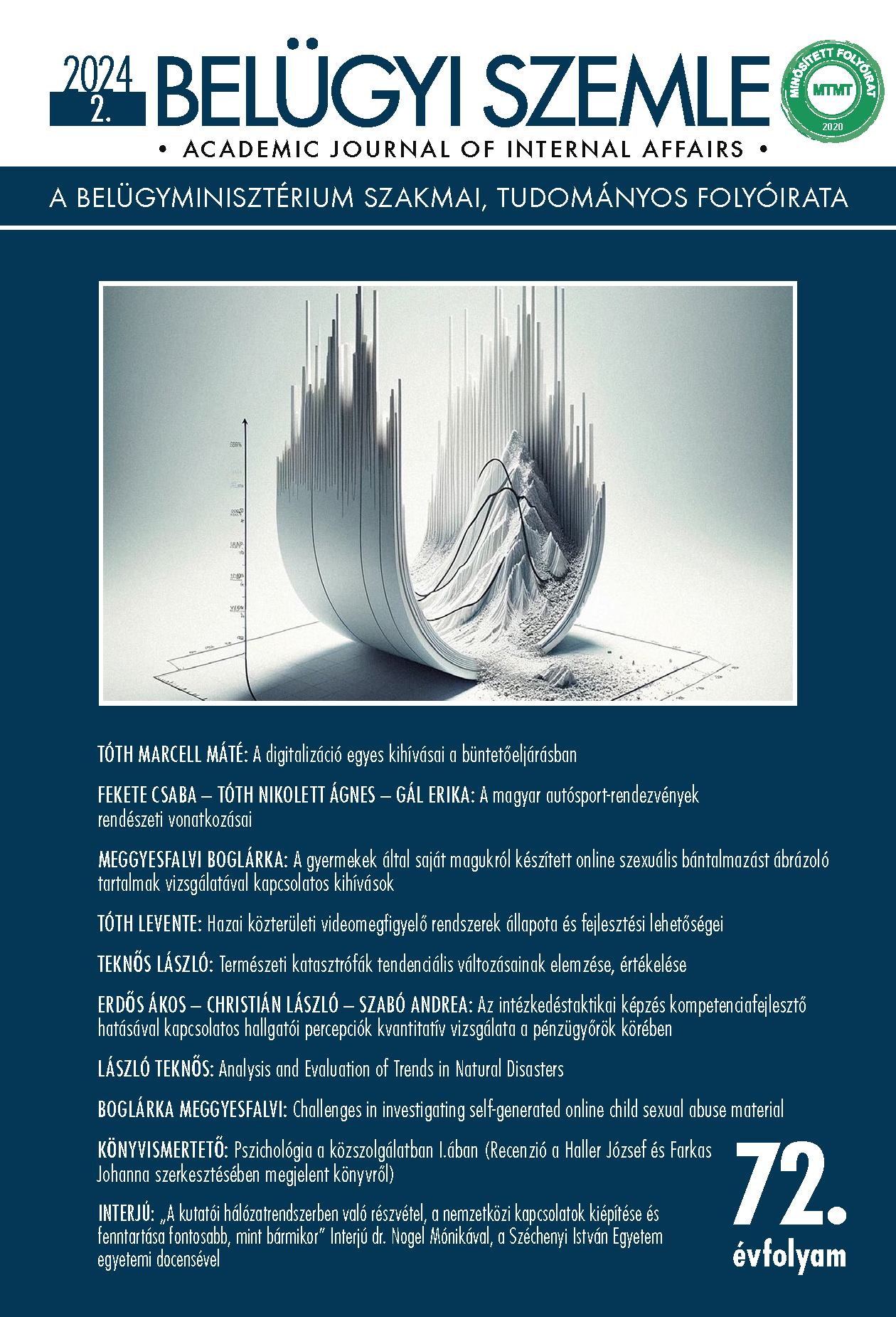Abstract
Aim: The overall aim of this paper is to offer a greater understanding of the context of children’s online sexual behaviour through exploring what are some of the main challenges the police encounter when investigating digital content of a sexual nature produced by young people, such as photographs, videos and chat messages.
Methodology: The research is primarily reviewing and analysing academic literature, policy papers, legal sources and statistical data. The main areas examined include the increasing prevalence of self-generated child sexual abuse material (CSAM), how contemporary peer-to-peer relations amongst children impact the self-production of sexual material, and how creating sexual content online for commercial reasons and the development of digital technologies add to the complexity and ambiguities of investigations.
Findings: Findings in this paper highlight that law enforcement alone will not be able to manage all the challenges that online child sexual abuse crimes imply on society and children in particular. They will need clear guidelines to differentiate between children’s harmful and healthy online sexual behaviour and upto- date knowledge on how to avoid the unnecessary victimisation of children.
Value: This paper promotes a more nuanced understanding of the complex phenomenon of children self-generating explicit content, which is often embedded within wider societal issues of peer-to-peer relations, financial deprivation and technological advancement. As a result, we will be able to better protect young people, distinguishing between adolescents’ healthy and harmful online

This work is licensed under a Creative Commons Attribution-NonCommercial-NoDerivatives 4.0 International License.
Copyright (c) 2024 Academic Journal of Internal Affairs
